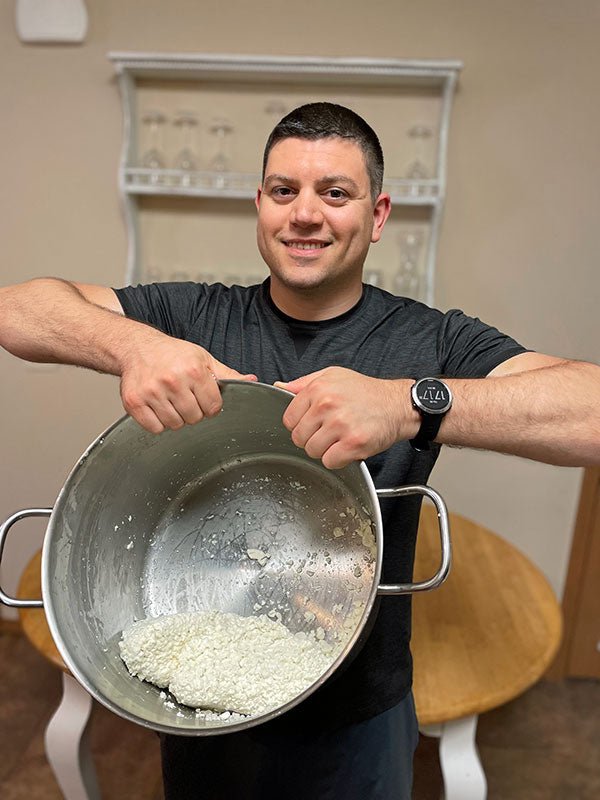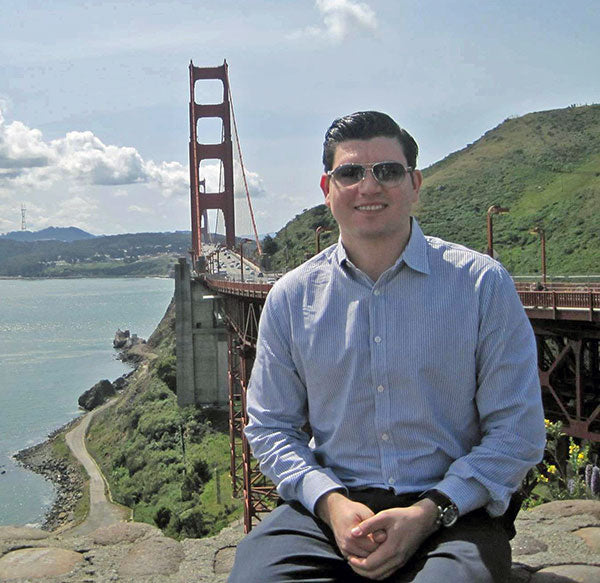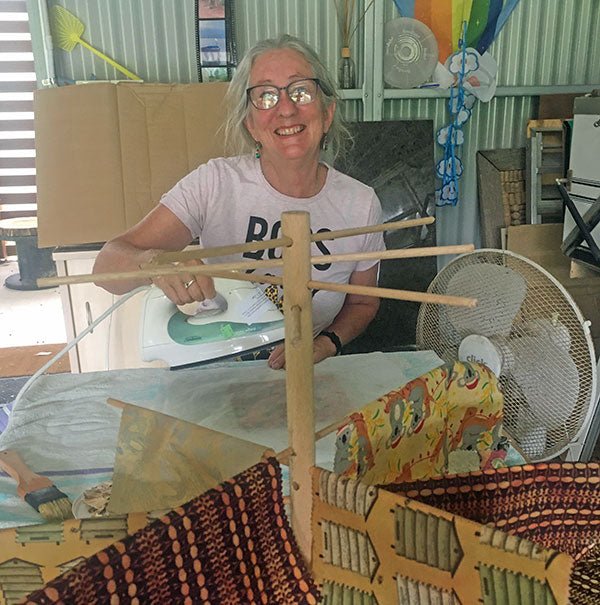Erol comes from Turkey, a country where cheese is highly valued. Most of the cheese there is the kind Erol makes – fresh, white cheese. It is served at all meals, particularly breakfast, where it is often the main course.
Erol’s Story
I feel like my story is more inspiring then educational. Cheesemaking is not that hard and it is super fun. My wife and I are 2 internationals, far from our parents, with a baby and we can do it.
I am from the beautiful city of Istanbul, Turkey. I moved to the United States about 13 years ago. At first, I came to improve my English. Then I never left, except during holidays.
I live with my wife Ana and my daughter Miranda. Ana is from Venezuela, and has an Organic Chemistry Ph.D. from Auburn University in Auburn, Alabama. My daughter is about two years old.
In 2019, I finished my Master’s and Ph.D. at Auburn in the Nutrition, Dietetics, and Hospitality Management department.
For one of my research projects, I traveled to several cities in Wisconsin and visited cheesemakers. After that, the love of cheese grew in me, and I appreciated cheese more than ever before.
I brought my wife and my daughter on that trip. While we were visiting the National Historic Cheesemaking Center Museum, Mrs. Mary Ann (the former director of the National Historic Cheesemaking Center and a docent and Archives Committee member) gave a small, plush cow to Miranda. Since then, this little cow has become our daughter’s best friend, Moo.
I stayed at Auburn University for about a year as a post-doc. Then, I moved to Bloomington, IL where I was hired as an Assistant Professor at Illinois State University in August 2020.
Here, I am teaching food-related courses and working on my research projects in the Food and Nutrition Management program. My research areas are food allergies, environmental sustainability, consumer behavior in the food industry, and craft breweries in general.
We have a state-of-the-art food lab. In one of my classes, where I teach the principles of food preparation, I show the chemistry of cheesemaking, and the students make simple homemade ricotta. I demonstrate the steps of the home and industrial cheesemaking.
Most students can’t believe the easiness of the process and the beautiful fresh taste of homemade cheese. Some of them are particularly interested in making their homemade cheese, so we talk more about it.

This is one of my lab sessions where I show how to make cheese. The plates the students hold are filled with cheese.
I have always been a cheese lover. As a matter of fact, Turkey has around 200 types of cheese and we have seven different regions where you can find the very distinct taste and smell of different kinds of cheese. However, the most common one and my favorite is white cheese or “beyaz peynir” (bay-AHZ’ PAY-neer) as we use it sliced for breakfast, to fill pastries, to crumble on top of our salads and to put on our cheese platters, etc.
The taste is similar to feta but less salty and way creamier. I can find it in Turkish markets, but I don’t have one close, so, because of the hassle, I started to try making it in 2020. After failing several times, I found a feta cheese recipe and modified it. Now, I am making it all the time.
My modifications: Usually, when you make feta, you keep the temperature at 90F at all times. I actually cook it at 115F after I cut it. Also, when you make feta, you usually brine the cheese but I simply mix the salt into it, as with cheddar making. I also press heavier on my cheese, as compared to feta.
I vacuum pack it and age it for about three months before consuming it.
Bloomington has harsh winters and I find cheesemaking is a great family activity in the winter months. I have been making cheese for about three years. I started with 1 gallon, then 2-gallons. Now, I use 4 gallons of milk and my sous vide machine when I make cheese.
I buy my milk from local sources and, sometimes from stores that sell local farmers’ products. I am using the Find Good Milk List from your website. We have several farmers and creameries where I live (I can also find some goat milk).
I consider myself a beginner. So far, I have only made soft cheeses but my following three cheese types are gouda, parmesan, and cheddar.

This cheese is very similar to cheddar but I am cooking the curds way longer. I also cook the curds in hotter whey. I am using a Tomme mold and pressing it overnight at a medium weight.
I made a cheese press from materials like wood, screws, and springs from home improvement stores. However, I found using free weights much easier and more convenient for the cheeses I make.

There is a circle piece sticking out from the weight and it just sits on the can. I check it every half hour or so for the first two hours, then, it is good to go. I press the cheese overnight.
I don’t have a cave. As I mentioned earlier, we moved to Bloomington in 2020. With a new job, a new baby, and a new city, I didn’t have time to consider buying or making one. I simply vacuum pack my cheeses if I need to age them.
The space for the cave is another problem for me right now as this should be far from the baby. However, very likely I am going to build one very soon. You (cheesemaking.com) have great posts explaining how to make one. I will have the pleasure of using a wine cooler and turning it into a cheese cave/fridge.
My goals:
I never had a goal for cheese making, but I definitely want to move to complex cheese making and age them properly. I love to make different cheese styles. I like to perfect one style’s recipe or make one type comfortable, so it always takes time for me to move on to the next. I believe pro-Covid, I felt more comfortable sharing my cheese so I could make more.😊
My other hobbies:
I just love to make things. Name it. I ferment my wine, make my beer and dry cured sausages, bake my sourdough bread and pickled vegetables, and make yogurt.

Sucuk is Turkish salami. I make it at home. It is 80% beef, 20% lamb, and a lot of paprika and garlic.
I love cooking but also love seeing the chemical changes in food. I love to experiment with what we can control and sometimes there are things you can’t control in your simple kitchen. It is fascinating to experience the changes in food with some little environmental changes.
Another hobby is backgammon. My club meets every Monday evening.
Every year the best five players from each city/backgammon club go to Chicago and play with other clubs from the state of Illinois for the title. We didn’t win but this was my team in the picture below.


























































































































































